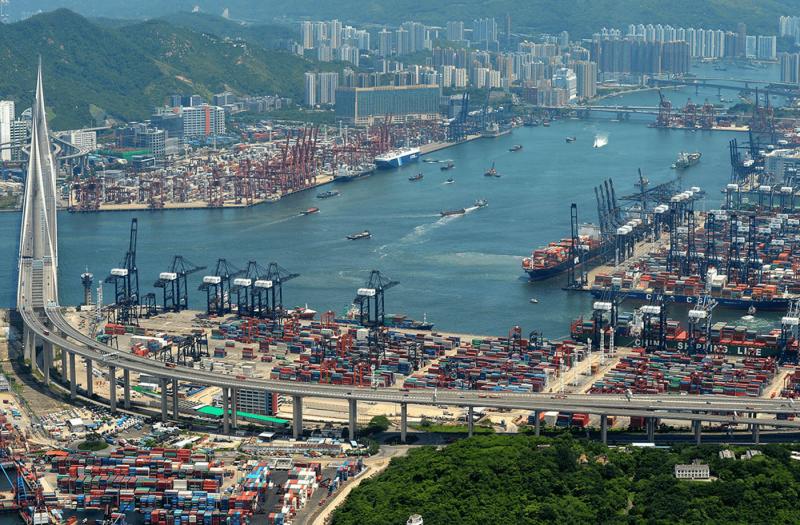Global merchandise trade tops expectations in H1
igher tariff rates and elevated trade policy uncertainty are set to eventually unwind some of the effects of earlier frontloading. Already, rising input prices and a slowdown in trade shipments suggest inflation could increase in late 2025 as inventories shrink in tariff-affected, highly-exposed sectors. With higher tariffs taking effect in August, some of the impacts projected in the WTO Secretariat’s April 2025 forecast are now likely to materialize later in the year and into 2026.
World merchandise trade volume growth is expected to slow from 2.8% in 2024, to 2.4% in 2025 and 0.5% in 2026. The projection for global GDP growth is 2.7% for 2025 and 2.6% for 2026. While the 2025 merchandise trade forecast has been revised upwards from the April and August projections, the downgrade for 2026 results in a similar overall impact over the two-year horizon. This indicates that the tariff impact has shifted into 2026, with the slight improvement reflecting that some inventory build up in early 2025–particularly of durable goods–will not be fully reversed in 2026. WTO economists highlight that the key downside risk to the forecast is the spread of trade-restrictive measures and policy uncertainty to more economies and sectors. On the upside, sustained growth in trade for AI-related goods and services could provide a medium-term boost to global trade.
Asia and Africa are expected to record the fastest export volume growth in 2025, with modest performances also anticipated from South and Central America the Caribbean and the Middle East, while Europe will likely see slower growth. North America and the Commonwealth of Independent States (CIS) face declining exports. Least-developed countries (LDCs) are expected to show robust export gains but face weakening trends ahead. On the import side, Africa and LDCs are set to experience the fastest growth, contrasting with a contraction in North America. In 2026, only North America, Europe and CIS will post an improvement in export performance; all regions will record weaker import performance in 2026.
WTO economists’ forecast for world commercial services trade in volume terms has also been revised taking into account current GDP and merchandise trade forecasts. Services export growth is now expected to slow from 6.8% in 2024 to 4.6% in 2025 and 4.4% in 2026. These estimates are slightly stronger than the April forecast which took account of the impact of tariffs, but still weaker than what would have been expected without the new tariffs. Although not directly subject to tariffs, services trade can be affected indirectly though links to goods trade and output.
The reduced outlook for 2025 reflects weaker expected growth in Transport (2.5%, down from 4.5% in 2024) and Travel (3.1%, down from 11% last year due to post-pandemic recovery). Growth in the category Other commercial services should only be slightly weaker in 2025 than in 2024 (5.8% compared to 6.3%), but digitally delivered services should be marginally stronger (6.1% compared to 5.7%). For 2026, growth in transport services is expected to be slower at 1.8%, reflecting the deteriorating outlook for merchandise trade. Meanwhile, travel growth should pick up slightly to 4.4%, while growth should remain mostly stable in Other commercial services (5.1%) and digitally delivered services (5.6%).
Europe is expected to have the fastest services export growth in 2025, followed by Asia, the Middle East, and CIS. North America is projected to see moderate growth, while South and Central America and the Caribbean and Africa will experience the slowest expansions. In 2026, projections are mixed: services exports of Asia and Africa expected to accelerate while Europe, CIS and the Middle East will see a deceleration. North America and South and Central America and the Caribbean will see services exports growth holding steady, the report said.





